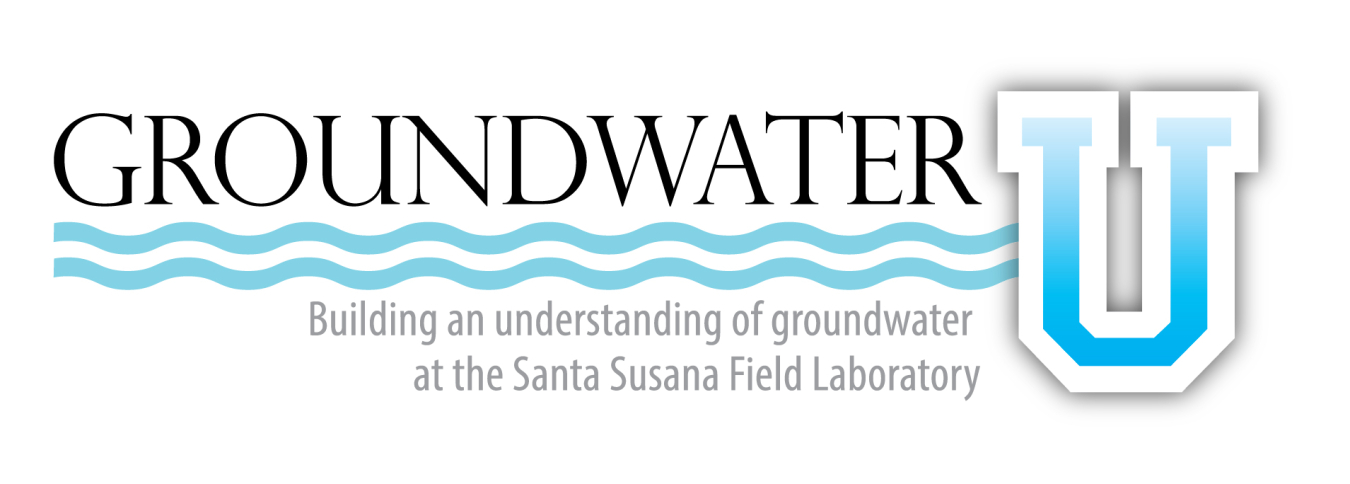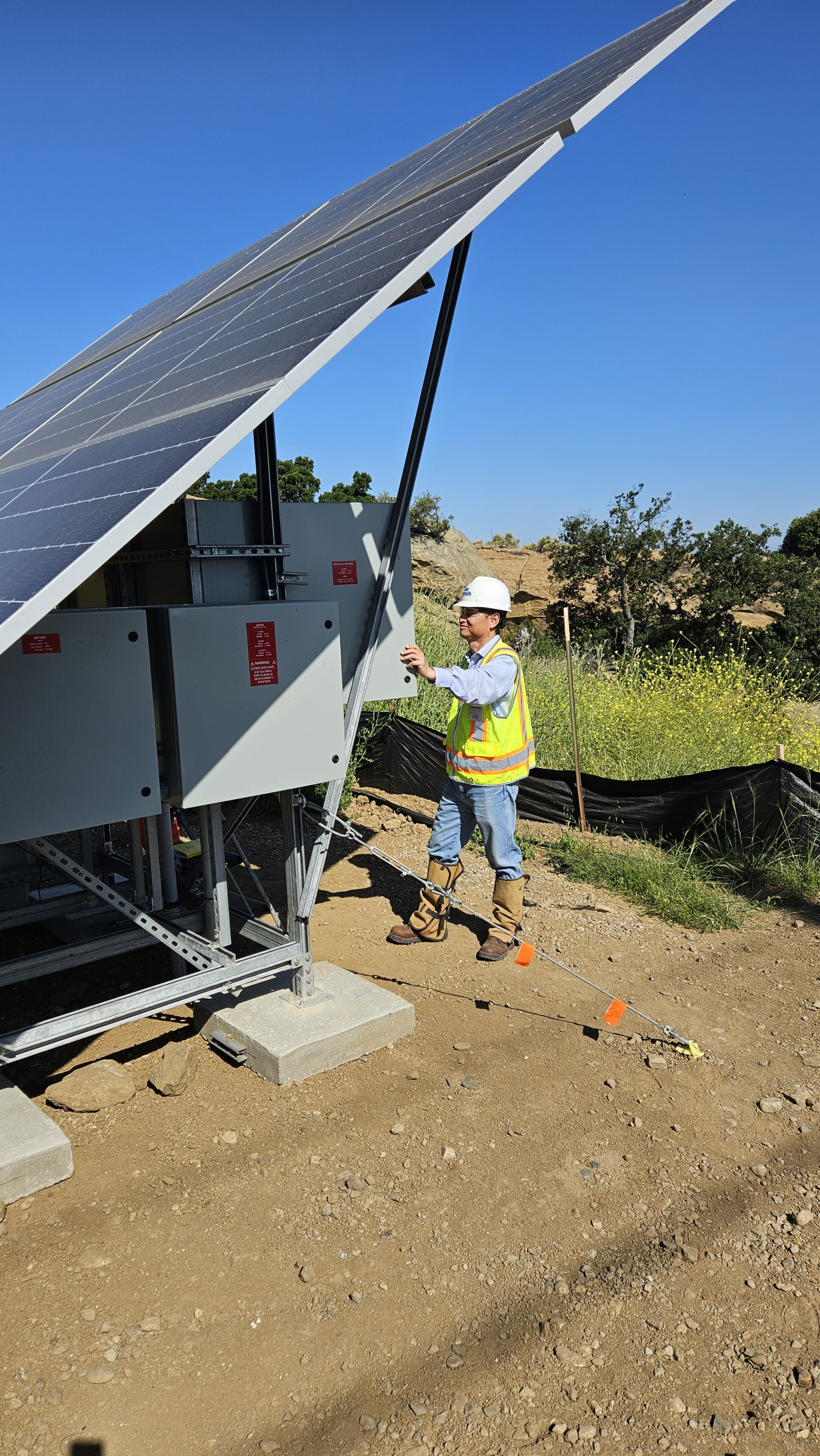
Groundwater U
Groundwater U is a series of educational sessions designed to help interested stakeholders prepare to review and comment on the Groundwater Investigation Report. This series is sponsored by the Boeing Company, Department of Energy (DOE) and NASA in cooperation with the California Department of Toxic Substances Control (DTSC).
Read about the 2024 Groundwater U series, which included a site visit to the Santa Susana Field Laboratory, where community members had the opportunity to hear from DOE, Boeing and NASA representatives about groundwater activities.
Groundwater Record of Decision (ROD)
DOE published a Record of Decision (ROD) outlining planned groundwater remediation activities at the site. The ROD describes monitoring and treatment approaches tailored to address the contaminants and potential impacts in each affected area of the site, as well as interim actions. View the ROD listing in the Federal Register.

Groundwater Interim Measures (GWIM)
The Groundwater Interim Measures Implementation (GWIM) Plan addresses interim measures for the groundwater impacted within Area IV's Former Sodium Disposal Facility (FSDF). Read the DOE GWIM Work Plan. A new solar-powered automated pumping system was installed in the FSDF and has been operating since May 2024. Click here to learn more about the new system.
Groundwater Work Plan
The DOE Groundwater Area IV GW RI Work Plan presents the rationale and approach to data collection activities for portions of Area IV that are the responsibility of DOE.
Groundwater Monitoring at SSFL
Groundwater is monitored for both radiological and chemical contaminants at and surrounding SSFL in approximately 300 groundwater wells.
Complete results of all historical radiological data are provided in Appendix E of the 2009 Annual Report.
| Gross alpha, gross beta | Table E-I |
| Tritium | Table E-II |
| Man-made beta/gamma emitting radionuclides | Table E-II |
| Naturally occurring gamma radionuclides | Table E-IV |
| Specific radionuclides including strontium-90, radium-226, radium-228, uranium-234, uranium-235, uranium-238, thorium-228, thorium-230, thorium-232, plutonium-238, plutonum-239/240 and americium-241 | Table E-V |
Tritium in Groundwater
In 1989 tritium was initially discovered in groundwater in several locations of Area IV. The data was presented in the quarterly and annual groundwater monitoring reports and the Annual Site Environmental Monitoring Reports (ASERs).
A study into the potential sources of tritium was conducted and results found Building 4010, the site of a SNAP reactor, was determined to be the most likely source of tritium. Other potential sources were identified as the Sodium Reactor Experiment (SRE) and Buildings 4024, 4028, and 4059. Read the December 1992 study titled RI/RD-92-186, "Tritium Production and Release to Groundwater at SSFL."
In 2004, a series of groundwater wells were installed to retrieve samples from the potential sources of tritium. Tritium was found in several wells surrounding the location of the former Building 4010, confirming the earlier study.
The status of tritium has been presented at various DOE public meetings, with the last presentation occurring in June 2006. Read about the June 2006 tritium investigation and other updates are available below.
Seeps Sampling
The Tech Memo DOE Area IV 2016 Seep Probe Sampling Results documents the sampling seep monitoring probes conducted by CDM Smith for DOE in April 2016.
For more information about groundwater activities at SSFL and other resources, visit the ETEC Library.

